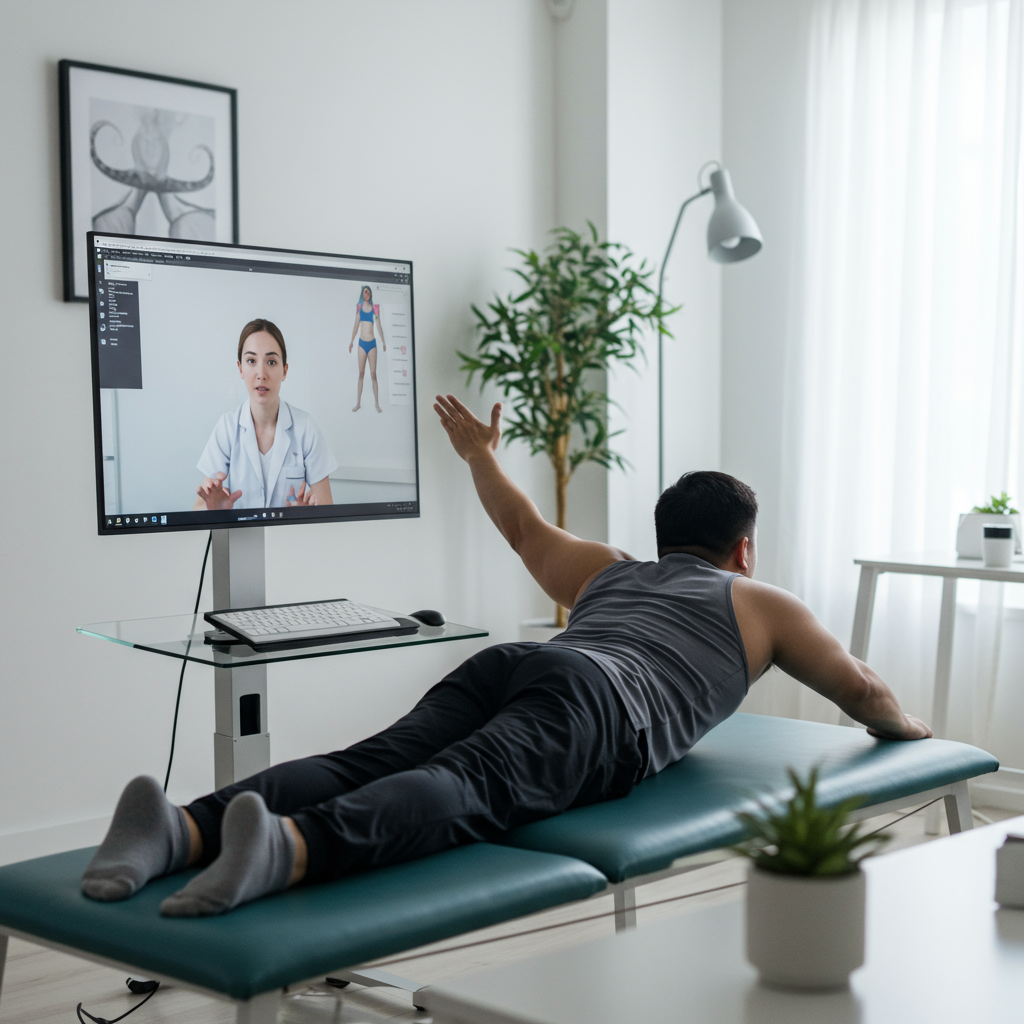The pelvic floor is a vital, yet often overlooked, network of muscles, ligaments, and tissues essential for core stability, bladder and bowel control, and sexual function. When this complex web malfunctions, it can lead to debilitating issues like chronic pelvic pain, urinary or fecal incontinence, pelvic organ prolapse, and painful intercourse, affecting millions of individuals, regardless of gender.
Historically, conditions related to pelvic health were frequently shrouded in silence due to embarrassment or simply dismissed as inevitable consequences of aging, pregnancy, or childbirth. However, a powerful wave of awareness is now breaking this stigma.
Growing Awareness and Demand for Solutions
Fueled by social media platforms, dedicated advocates, and increased public dialogue, understanding of pelvic health is rapidly growing. More and more people are recognizing that these are treatable medical conditions, not just normal parts of life to endure. This rising awareness empowers individuals to seek care, ask informed questions, and demand effective solutions that address the root causes of their dysfunction and restore their quality of life. Health plans and employer groups are increasingly acknowledging this emerging demand.
Experts recognize the intricate connection of the pelvic anatomy. As one physical therapy leader noted, the interconnectedness of bones, muscles, tissues, and organs in the pelvis is fascinating and crucial for daily function.
Physical Therapy: An Evidence-Based Approach
Physical therapy, particularly specialized pelvic floor physical therapy, has become an indispensable, evidence-based tool in treating a wide array of pelvic health issues. This specialized approach involves a comprehensive assessment followed by targeted rehabilitation of the pelvic floor muscles and surrounding structures. Combined with personalized patient education, physical therapy can provide significant relief for conditions ranging from postpartum recovery and incontinence to chronic pain syndromes.
Significant Barriers to Accessing Care
Despite its proven effectiveness, accessing specialized pelvic health physical therapy can be incredibly challenging. Numerous barriers prevent individuals from getting the care they need:
Specialist Shortage: There is a severe shortage of physical therapists with specialized training in pelvic health, particularly outside of major urban centers.
Geographic Limitations: For those living in rural or remote areas, finding a qualified therapist nearby is often impossible, requiring extensive travel.
Cost & Insurance Issues: Pelvic floor physical therapy can be expensive, and many specialized providers operate out-of-network, making care unaffordable for many despite the high prevalence of these conditions.
Training Gaps: The specialized post-graduate training required for therapists is costly and not always fully reimbursed, creating disincentives for clinics to invest in staff training.
Stigma and Embarrassment: The sensitive nature of pelvic issues can still make individuals hesitant to seek help or even discuss symptoms with their primary care provider.
Limited Screening: Routine medical visits, such as OB-GYN checkups, often lack the time or provider training needed to adequately screen for or address pelvic floor disorders.
The Rise of Virtual Physical Therapy for Pelvic Health
Fortunately, innovation in healthcare is offering a powerful solution to these access issues. The rise of virtual physical therapy is reshaping the landscape of pelvic health treatment, bringing specialized care within reach for a much broader audience.
Through secure, user-friendly telehealth platforms, patients can now connect with qualified pelvic health specialists from the comfort and privacy of their own homes. This model leverages technology to deliver personalized care, allowing therapists to guide patients through tailored exercises, provide essential education on anatomy and function, and monitor their progress in real-time.
Key Benefits of Virtual Pelvic Health PT
Virtual physical therapy directly addresses many of the historical barriers to care:
Eliminates Geographic & Transportation Barriers: Patients can access specialists regardless of where they live, saving travel time and costs.
Increases Convenience & Adherence: Integrating therapy sessions seamlessly into daily routines makes it easier for patients to stick to their treatment plans and achieve lasting results.
Reduces Stigma: Receiving care in a familiar home environment can significantly lower the emotional hurdle and embarrassment associated with discussing and treating sensitive pelvic issues.
Potential for Improved Affordability: While dependent on insurance coverage, in-network virtual options are emerging, and the elimination of travel costs can make therapy more accessible.
- Balancing Access: Ensures individuals in underserved areas receive expert guidance they might otherwise miss.
- www.prnewswire.com
- www.latimes.com
- techcrunch.com
- www.benefitnews.com
- builtin.com
A Growing Segment in Digital Health
Virtual pelvic physical therapy is part of a larger trend within digital health and “femtech” (technology focused on women’s health), where technology is increasingly used to improve patient access and health management. Investor interest in digital health solutions is growing significantly, recognizing the potential to address widespread health burdens efficiently. Companies are leveraging AI, mobile apps, and platforms to enhance patient engagement and deliver care more broadly.
An Advantage for Employers and Health Plans
For employers and health plans, addressing musculoskeletal conditions, which include many pelvic floor issues, is not just about employee well-being—it’s also an economic imperative. These conditions are a leading driver of healthcare costs and negatively impact workforce productivity.
Virtual physical therapy solutions offer a proven path to significant savings. Studies focused on virtual MSK care have demonstrated substantial annual cost reductions per member and high returns on investment for employers by reducing wasteful spending on unnecessary procedures, ER visits, and surgeries. Furthermore, chronic pain from MSK and pelvic issues is closely linked to mental health conditions like depression. By providing accessible virtual physical therapy, employers can help address physical pain, which in turn has a massive positive impact on employee mental well-being.
Conclusion
By combining the convenience, accessibility, and privacy of technology with the expertise of specialized clinicians, virtual physical therapy is revolutionizing access to essential pelvic health support. It empowers individuals to overcome long-standing barriers of geography, stigma, and cost, enabling them to seek timely treatment and significantly improve their quality of life from the comfort of their homes. This represents a critical step forward in making effective pelvic health care more equitable and accessible for everyone who needs it.



